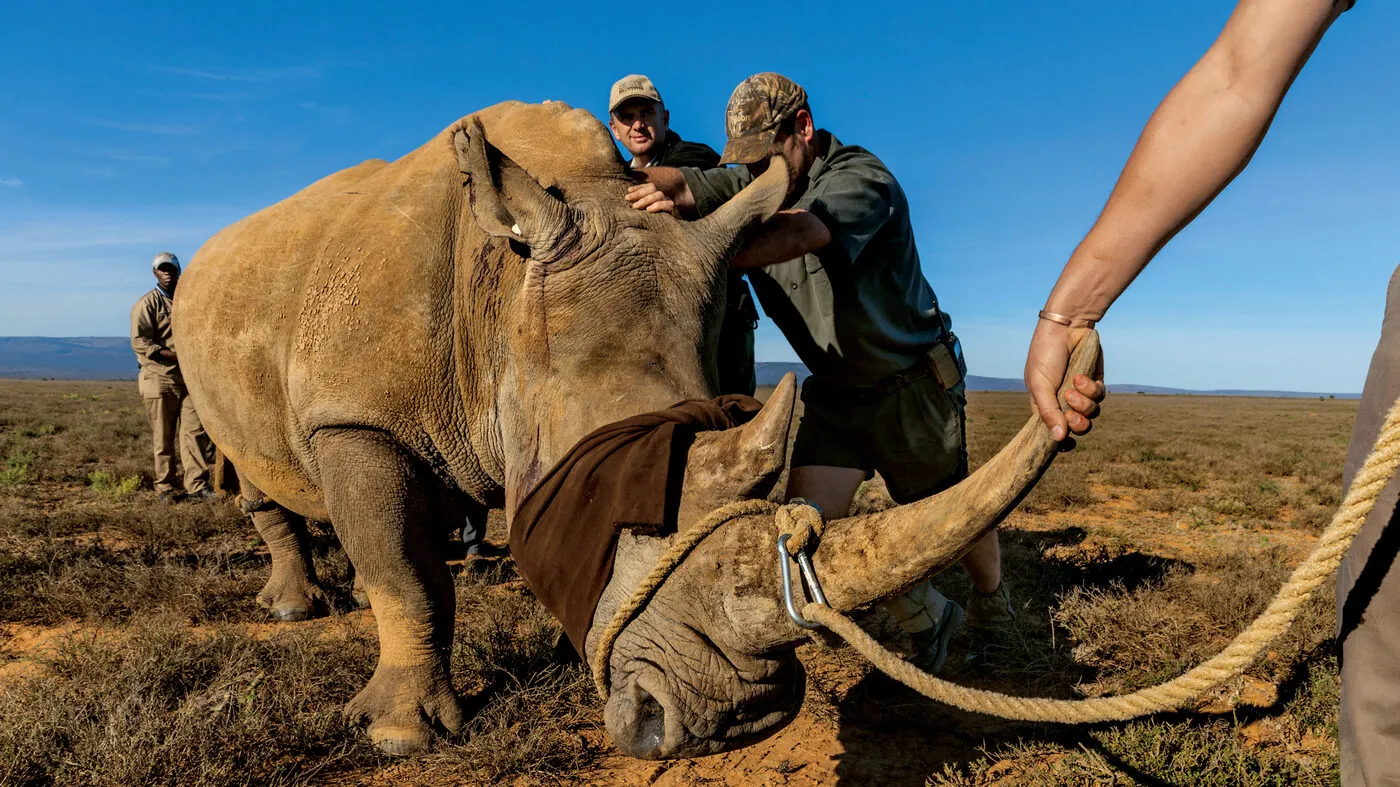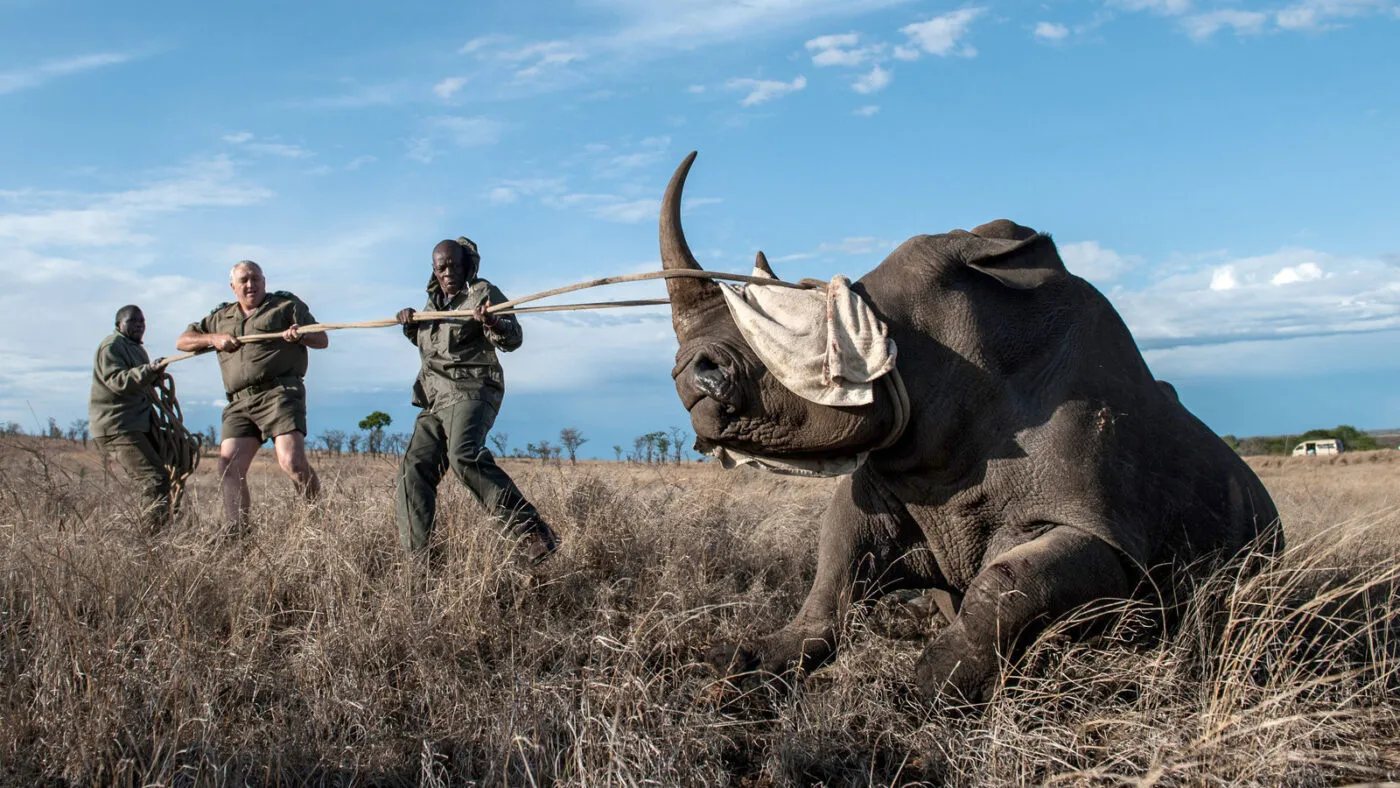In recent years, the issue of killing animals for their horns and tusks has become a serious problem that threatens not only the survival of many animal species but also global ecosystems. Animals such as rhinoceroses, elephants, and giraffes are facing the risk of extinction due to illegal hunting aimed at collecting horns and tusks. This article will examine the causes, impacts, and solutions to this issue. The Situation of Animal Killing for Horns and Tusks the current situation of animal hunting has become a serious issue affecting many wildlife species worldwide.
Causes of the Situation Animal Killing
1. High Market Demand
One of the main reasons leading to the killing of animals for horns and tusks is demand from the market. Rhino horns and elephant tusks are considered symbols of wealth and power in some cultures, especially in Asia. They are used in traditional products, medicine, and jewelry. The belief in the medicinal properties of rhino horns, despite a lack of scientific evidence, continues to drive consumption.
2. Weak Management Policies
Many countries still lack effective management measures to protect wildlife. Authorities often do not have enough resources or awareness to monitor and prevent illegal hunting. In some cases, local governments may even collude with poachers.
3. Poverty and Economic Issues
Many communities living near wildlife areas face poverty and lack sufficient means of livelihood. For them, hunting animals for horns and tusks becomes a primary source of income. Thus, many view this as the only way to improve their lives, even though they recognize the potential harm their actions cause to the environment.
Impacts of Killing Animals for Horns and Tusks
1. Risk of Extinction
The killing of animals has led to a severe decline in many species. Rhinos, elephants, and various others are at risk of extinction due to uncontrolled hunting. According to the International Union for Conservation of Nature (IUCN), the number of rhinos has decreased by about 90% over the past 40 years.
2. Effects on Ecosystems
Killing animals not only impacts the species themselves but also negatively affects the ecosystem. These animals play crucial roles in maintaining ecological balance. Their loss can lead to the proliferation of other species, causing imbalances and affecting habitats.
3. Economic Impact
A healthy ecosystem is essential for a sustainable economy, particularly in the field of eco-tourism. When animal populations are decimated, tourists are less motivated to visit conservation areas, leading to reduced income for local communities and nations.
Solutions
1. Enhancing Education and Awareness
Educating communities about the importance of protecting wildlife and ecosystems is vital. Awareness campaigns can help highlight the fact that consuming horns and tusks is not only unhealthy but also harmful to the environment.
2. Improving Policies and Laws
There is a need for improvement in wildlife protection policies. Governments and international organizations should collaborate to establish stricter laws regarding hunting and the trade of wildlife. Enforcing heavy penalties for violators is crucial.
3. Supporting Local Communities
Providing alternative livelihood opportunities for local communities can help them find sustainable income sources without resorting to wildlife hunting. Eco-tourism projects or sustainable agriculture can offer economic benefits while still protecting animals.
Conclusion
The situation of killing animals for horns and tusks is a serious issue that threatens the survival of many species and ecosystems. To address this problem, cooperation from governments, NGOs, and local communities is essential. Only by working together can we hope to protect these precious animals from extinction and preserve the biodiversity of our planet.
The current situation of animal hunting has become a serious issue affecting many wildlife species worldwide. Many species, such as rhinoceroses, elephants, and tigers, are facing the risk of extinction due to illegal hunting, often aimed at collecting horns, tusks, or hides. The main causes of this situation include market demand, especially in Asia, where rhino horns and elephant tusks are regarded as symbols of wealth and power. Weak management policies and a lack of community education also exacerbate the situation.
The impact of hunting not only leads to a decline in animal populations but also affects ecosystems, resulting in biodiversity imbalances. To address this issue, cooperation between governments, conservation organizations, and local communities is essential. Increasing education and awareness about wildlife protection, as well as establishing more effective management measures to prevent illegal hunting, are crucial steps to combat this problem.




